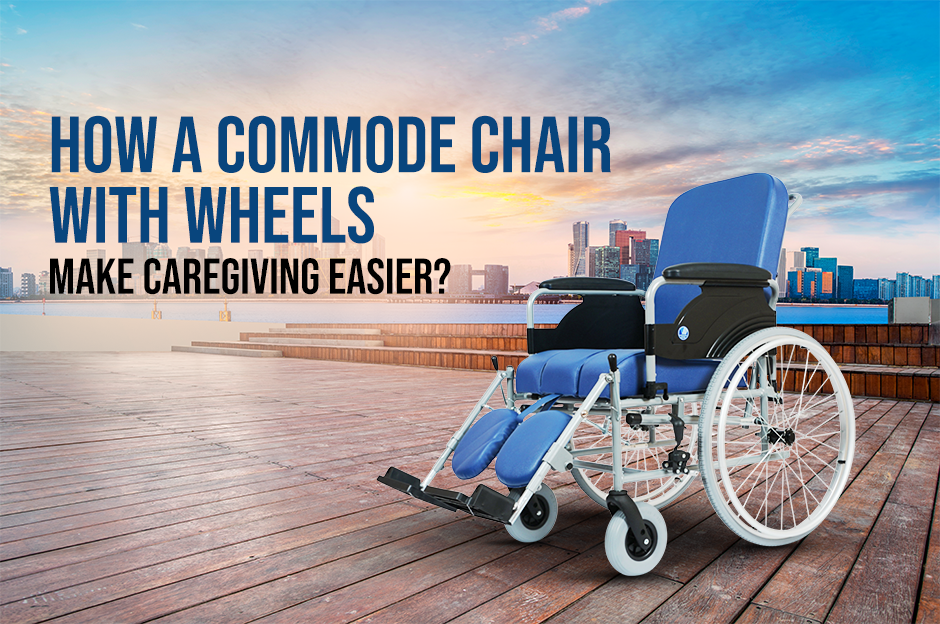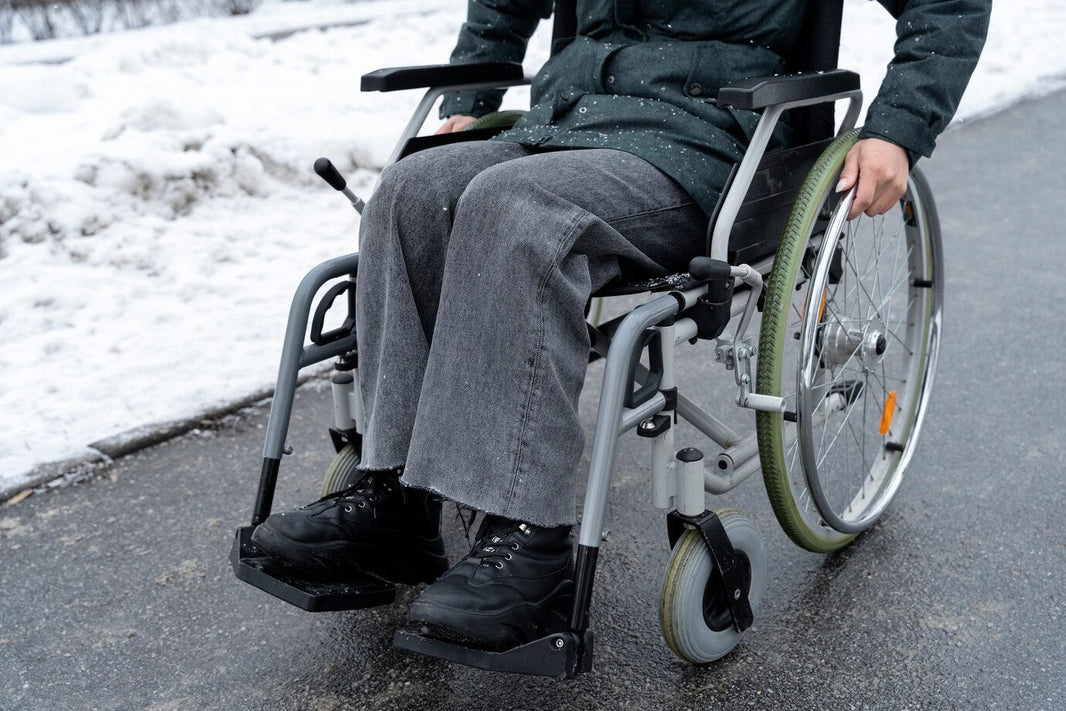Recovering from a leg injury can be frustrating—not just because of the pain, but because of how much it disrupts daily life. From making a simple cup of coffee to carrying your laptop across the room, everything becomes a balancing act. Traditional walking crutches are helpful, but they come with a long list of drawbacks.
Now, thanks to innovation in mobility aids, hands-free crutches are offering a better way to stay active, independent, and comfortable during recovery.
In this post, we’ll explore how hands-free walking crutches are changing the game for people with leg injuries—and why they might be the right choice for you or someone you know.
The Limitations of Traditional Walking Crutches
For decades, traditional crutches have been the standard solution for people with leg injuries. They work by shifting your body weight to your upper body, allowing your injured leg to rest. But anyone who’s had to use them for more than a few days knows they’re far from ideal.
Here are some of the most common issues with standard walking crutches:
Arm and Shoulder Strain: Prolonged use puts a lot of pressure on your wrists, armpits, and shoulders, often causing pain or even nerve damage.
Loss of Independence: You can’t carry much, use your hands freely, or easily navigate stairs or tight spaces.
Posture Problems: Hunching over to use crutches can lead to poor posture and back pain.
Fatigue: Moving around with crutches can be physically exhausting, especially if you’re using them all day.
For people recovering from surgeries, fractures, or tendon injuries, the last thing they need is added discomfort or limited mobility. That’s where hands-free crutches come in.
What Exactly Are Hands-Free Walking Crutches?
Hands-free crutches, sometimes referred to as wearable mobility devices or knee crutches, are a modern solution designed to let users walk more naturally—without occupying their hands. Instead of placing the load on your upper body, these devices strap around your thigh and rest on your knee, allowing you to support your injured lower leg while walking in a balanced, upright position.
They work best for people recovering from:
-
Ankle sprains or fractures
-
Achilles tendon injuries
-
Foot surgeries
-
Lower leg injuries where partial or full non-weight bearing is required
Because your hands are completely free, this type of crutch gives you a level of freedom that traditional options simply can’t.
The Key Benefits of Hands-Free Crutches
Let’s take a look at what makes hands-free walking crutches such a breakthrough for people with leg injuries:
1. Hands-Free Movement
The most obvious benefit is in the name—you get your hands back. Whether you’re carrying groceries, pushing a shopping cart, typing, cooking, or holding a child, you can do it without needing someone else’s help.
2. Enhanced Comfort
No more sore armpits, blisters on your palms, or aching shoulders. These crutches are designed to distribute your weight more naturally, using your leg and core muscles instead of your upper body.
3. Improved Posture and Stability
Traditional crutches often cause you to lean forward unnaturally. Hands-free crutches help you stand tall and walk in a way that’s closer to your usual gait, improving balance and reducing strain on your spine.
4. Greater Independence
Whether you're at home, at work, or out running errands, being able to move around without needing constant support is a huge confidence booster.
5. Better Recovery Experience
Staying mobile without pain or frustration can make the recovery period more tolerable—and in some cases, may even help speed up healing through improved circulation and activity.
Are Hands-Free Crutches Right for Everyone?
As promising as these devices are, they aren’t suitable for every injury or every individual. Here are a few things to consider:
-
You’ll need good balance and core strength to use them safely.
-
They’re not recommended for injuries above the knee.
-
People with joint instability, balance issues, or mobility impairments in both legs may not be ideal candidates.
-
A doctor or physical therapist should always be consulted before switching to a hands-free crutch.
If you’re cleared for use, many users report that the learning curve is short—typically just a few hours of practice is enough to feel confident walking around.
Real-Life Impact: Stories from Users
People who’ve switched to hands-free crutches often describe it as “life-changing.” Parents can pick up their kids again. Professionals can move freely through office spaces. Active individuals don’t feel trapped at home during recovery.
Here’s what one user had to say:
“Using a hands-free walking crutch after my ankle surgery was a total game-changer. I could cook, clean, and get around my house without help. I only wish I’d known about it sooner.”
Final Thoughts: A Step Toward Better Mobility
Injuries are never convenient, but recovery doesn’t have to mean giving up your independence. Hands-free crutches are making it easier than ever to maintain your lifestyle, stay productive, and heal in comfort.
Whether you’re managing a foot fracture, ankle injury, or recovering from surgery, this modern mobility aid could be the upgrade you didn’t know you needed. Talk to your doctor or physical therapist to see if hands-free walking crutches are the right fit for your recovery journey.






